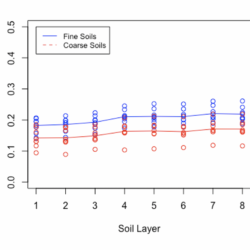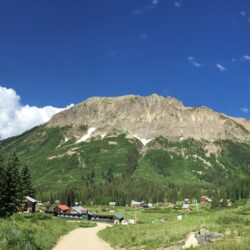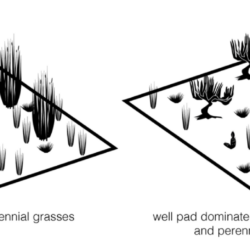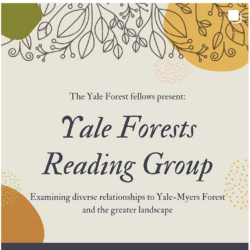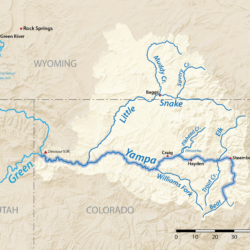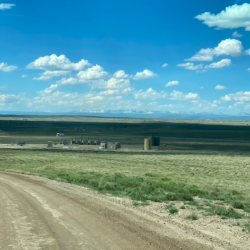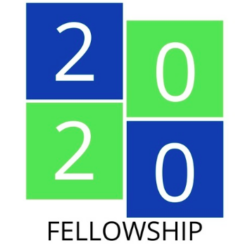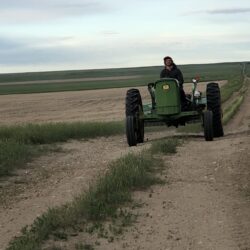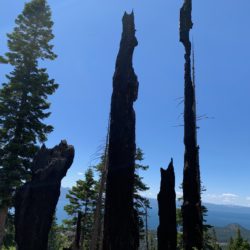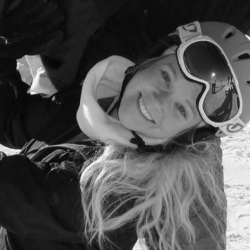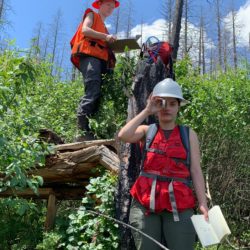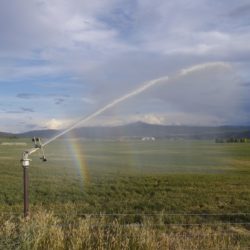Computer Simulations and Soil Texture — Jon Michel
This summer, I worked with computer simulations to determine if soil texture was currently an important factor in competition between sagebrush and bunchgrasses. In the present scenario, it was determined to not have a significant effect. Currently, I’m studying how this effect changes as climate change progresses, and it looks like it could start to Read more about Computer Simulations and Soil Texture — Jon Michel[…]

